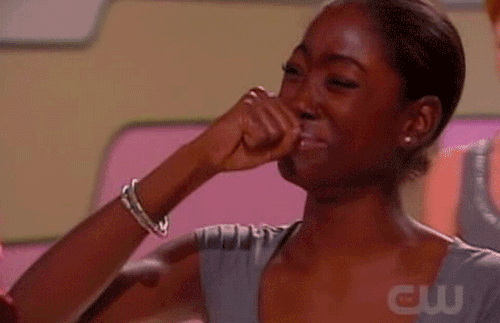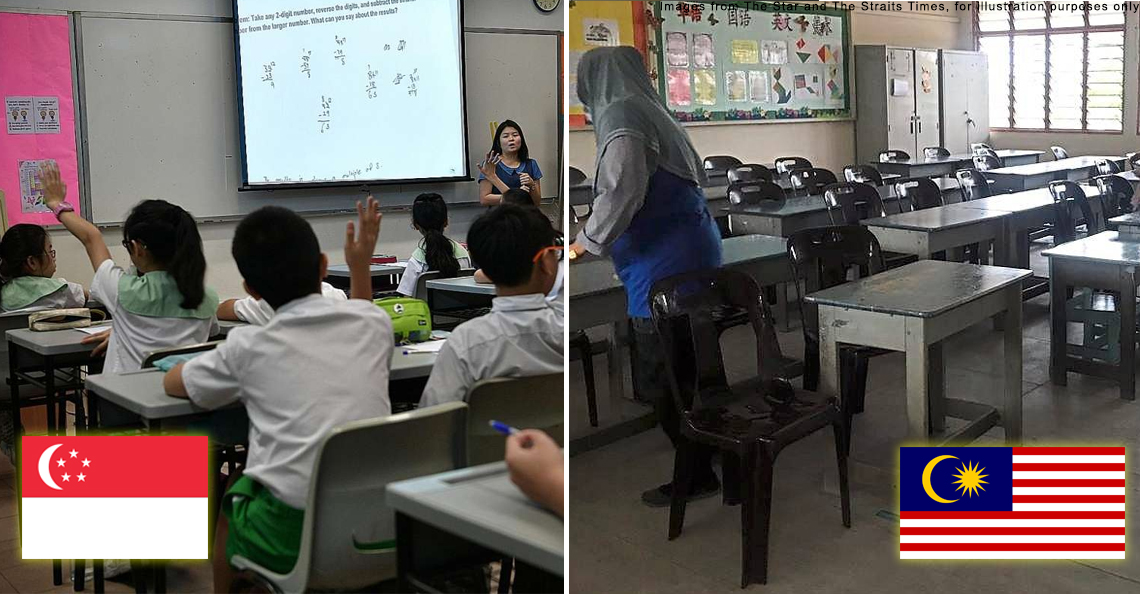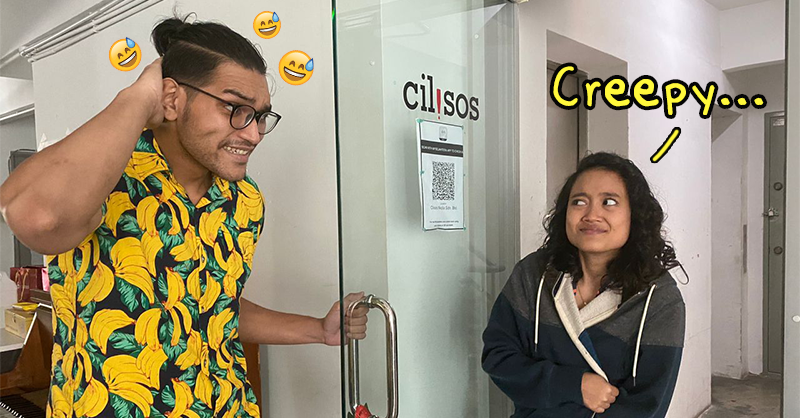How safe is it to fly during the RMCO? We find out.

- 192Shares
- Facebook188
- WhatsApp4
We’re sure you’ve heard of it by now, but earlier this month the Recovery Movement Control Order, or the RMCO, came into effect. While we still can’t butcher ‘You Raise Me Up’ during karaoke just yet, it doesn’t matter because… we can now travel again between states!

With the ban on interstate travel lifted, now it’s just a matter of choosing how and when you want to travel. For those who prefer to fly though (or is planning to go to Sabah or Sarawak), you might have a few concerns about air travel. Like do we need documents or something? Will it get cheaper soon? Is it safe to book a flight now? We’ll try to answer these concerns as best as we can, starting with…
“Do I need to do Covid-19 tests or anything before going on a flight?”
As far as we can tell, no. While Covid-19 tests might have been necessary for entering states like Sabah before, as of the time of writing you don’t need the test to fly into anywhere in Malaysia for the RMCO phase. However, there will be other things you’ll have to deal with.
In airports handled by Malaysia Airports Holdings Berhad (MAHB), which are probably like every airport you’re familiar with, there are strict checks on passengers. So if you’re feeling a bit warm, you’d be better off canceling your flight or postponing it to a later date. In KLIA, for example, your body temperature will be checked using one of these canggih thermal scanners…

…and if your temperature is higher than 37.5°C, you will not be allowed into the terminal. On that note, you will also need to wear a face mask to even enter the terminal building, and keep it on throughout your journey. If you forgot to bring one and somehow made it to KLIA anyways, there will be places where you can buy them there, like vending machines and temporary pharmacy kiosks found outside of the terminal entrance.
But what about if you want to enter Sabah or Sarawak? As this handy flowchart had explained, you don’t need a Covid test result to enter Sabah, but you will need to have the MySejahtera app on your phone and do a Covid assessment test once you arrive. If you have symptoms or are deemed to be at risk by the health officers there, you will be tested, quarantined and sent to a hospital for treatment if necessary. Otherwise you’re free to go.
As for Sarawak, it’s almost the same thing. You’ll need to have the MySejahtera app on your phone and fill out an online health declaration form upon arrival. If you’re travelling into Sarawak from outside the country, you will also need to apply for permission (also online) at least 12 hours before your departure date as well. Oh, and they’ll also pull random travellers for Covid-19 testing, so there’s a chance you may get tested as well.

On to the next question…
“Will domestic flights become cheaper anytime soon?”
You might have heard (or saw for yourself) how ungodly flight ticket prices to and from Sabah and Sarawak had been at the start of the RMCO, with one-way flights reportedly having gone over RM2,000, which is more expensive than a used 1991 Proton Saga. Wah, so expensive! Recouping losses from the MCO is it? Perhaps, but probably not in the way that you think.

In a statement, Malaysia Airlines had essentially said that they have to charge more per flight since they can’t completely fill their airplanes. This was partly because they had to leave plenty of seats empty because of social distancing requirements, and partly because there’s less demand. This led to their flights only carrying less than half the normal amount of passengers on average.
“Airlines drive optimisation of fares based on available capacity and demand. The current fares reflect the current average load factor which is less than 40 per cent for most flights.” – Malaysia Airlines, in a statement to Malay Mail.
After the issue had been brought to light, the Transport Ministry had entered into talks with airlines to resolve it, and they have decided to forgo social distancing measures on airplanes and allow flights (and other forms of public transport) to operate at full capacity. While the move is hoped to make ticket prices more competitive, airlines have to agree to some conditions before doing that, like enforcing temperature checks on passengers and making them wear face masks throughout the journey.

So to answer the question of when tickets will become cheaper, based on what had been said in the news, the prices should go down a little once more people start flying again. Although MAHB had seen a 15% increase in daily flights since the RMCO began, how long exactly until things return to normal is unclear. Malaysia Airlines, for one, had speculated that the air travel industry will take between 18 to 24 months more to recover, so while prices may go down a bit in the near future, it may take a while for it to return to pre-MCO levels.
And since we’re talking about social distancing no longer being enforced on flights…
“How safe can I expect airports and airplanes to be from Covid-19?”

While we can’t objectively say that flights and airports are completely Covid-free right now, it would seem that the operators for both aren’t pulling any punches when it comes to precautions. While the management of safety measures by airports and airlines are separate, they complement each other to ensure that the risk of Covid-19 stays as low as humanly possible for passengers, from the time they arrive in an airport until they leave the one at their destination.
“Our main aim is to facilitate a safe and welcoming passenger flow for both departing and arriving guests. From focusing on strict social distancing measures to ensuring the availability of personal protection equipment, we serve to complement our airline partners’ new safety protocols as well.” – Dato’ Mohd Shukrie Mohd Salleh, CEO of the Malaysia Airports group, in a statement.
Besides the usual sanitization and disinfection exercises and contact tracing measures through the SELangkah app, MAHB is also strictly managing the entry of people at their airports by reducing the number of entry and exit points to the terminal building, and as we’ve mentioned earlier, only allowing people who wear face masks and have temperatures lower than 37.5°C enter as well.
Inside the airport itself, hand sanitizers are provided at various points, and ground safety compliance officers will patrol the terminals and make sure that everyone keep their face masks on and practice social distancing, which should be easy since there’s social distancing marks, like, everywhere: travellators, escalators, seating areas, and even in lifts.

These measures were taken in anticipation of more passengers during the RMCO, so you might want to arrive at the airport earlier (like three hours before your flight) to allow more time for all the social distancing and temperature screenings and stuff.
But what about when you get on the plane itself? Well, most airlines seem to be just as rigorous in their procedures, and despite social distancing no longer being applicable inside airplanes, being crammed into a long metal tube with other people may not be as infectious as some may think.
Based on the International Air Transport Association’s (IATA) experience so far, there’s little risk of transmission between passengers due to everyone facing the same direction and the air inside of airplanes (which is constantly filtered and replaced with fresh air from the outside every two minutes or so) moving in a way that doesn’t carry your breath towards other people’s faces.
“Experience of airlines during the pandemic suggests that the risk of transmission between passengers and on board is low, possibly due to the lack of face-to-face contact and the direction and nature of cabin air flow.” – IATA, as quoted by The Star.
You have to look out for physical contact, though, so remember to regularly wash/sanitize your hands.

Taking into account regular disinfections, mandatory face masks and a preliminary filtering of passengers and all guests starting at the airports, it seems that air travel is reasonably safe. But while the airports and airlines have a responsibility to ensure everything’s as safe as possible…
Passengers need to keep air travel safe for everyone else, too

We’re not saying that everyone should abandon all care and book a flight to Langkawi right away, but we’re not saying that people should totally dismiss air travel entirely either. It’s just nice to know that if you really need to fly, it probably won’t be as disastrous as one might expect. Airports and airlines are both being very meticulous about not being the next place a new Covid cluster will come from, but that’s just half of the equation.
All the precautions in the world won’t matter if people disregard them, so if you’re planning to fly anytime soon, please be responsible passengers. Don’t attempt to fly if you have symptoms or suspect that you might be infected, and comply with the regulations set by the airports and airlines, however trivial and leceh they may seem. Yes, even keeping on your face mask on throughout the three hour flight to Sandakan.
- 192Shares
- Facebook188
- WhatsApp4



